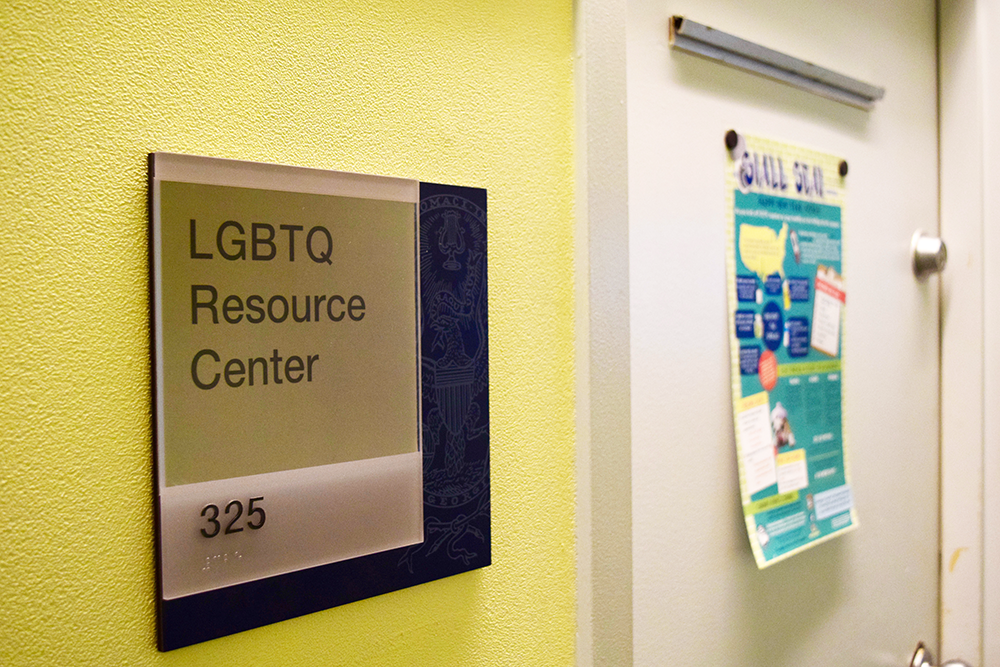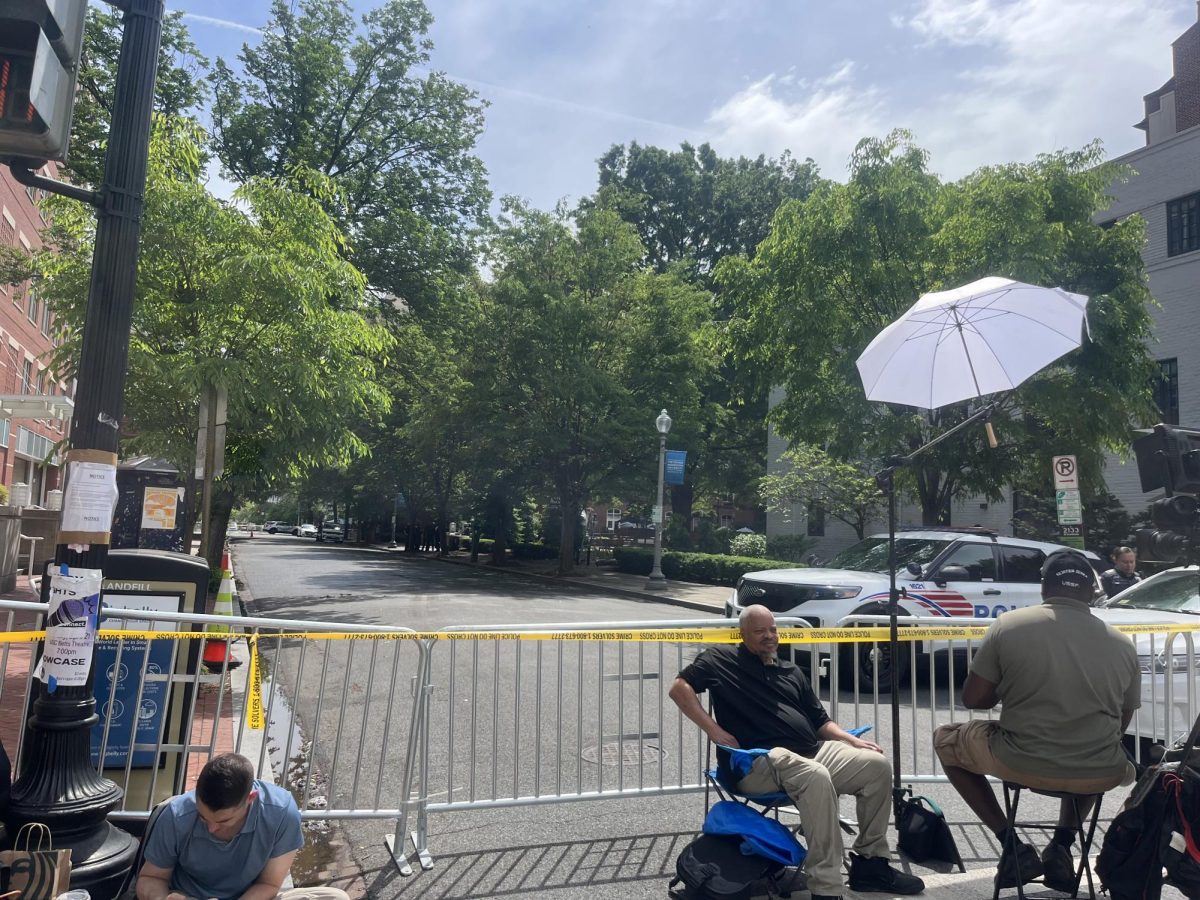The second annual Sexual Assault Awareness Month, cosponsored by Health Education Services and Sexual Assault Peer Educators, will emphasize diversity and the narratives of marginalized communities in its on-campus programming.
Similar to last year, SAAM’s theme for 2019 is “Take it All Back,” a reference to Take Back the Night, an international event aimed at ending sexual, relationship and domestic violence. The scheduled SAAM programming marks only the second year in university history that events for Sexual Assault Awareness are set to last for the entire month.
This year’s SAAM programming is centered around increasing conversation regarding intersections of identity and sexual assault that are frequently overlooked, according to Morgan Robinson (NHS ’20), SAAM planning committee co-chair.

“The month is truly dedicated to uplifting silenced voices and bringing nuanced programs and campaigns to the Georgetown body that aren’t usually implemented,” Robinson wrote in an email to The Hoya. “For the programs we are hosting this year, most are newly formed.”
The events were organized by the SAAM planning committee, a collection of 12 students from both SAPE and the general student body, in collaboration with 20 other groups and centers across campus, including the LGBTQ Resource Center, the Georgetown University Student Association, and the Georgetown University Women’s Center.
This year’s itinerary includes 12 events scheduled throughout the month of April, with a discussion of sexual assault in the Asian community and a panel discussion on the sexual abuse crisis in the Catholic Church. The planning committee organized these two new programs in line with its vision for this year’s celebration.
The planning committee focused on creating a diverse schedule of events that recognize multiple communities on campus, according to Courtney Smith (COL ’21), a member of SAPE and of this year’s SAAM planning committee.
“Our goal is to really have different opportunities for different groups on campus, so they feel welcomed, heard and safe,” Smith said.
The first new scheduled event, “Deconstructing Stigma: A Discussion of Sexual Assault in the Asian Community” will engage people both inside and outside the Asian community in fighting against cultural biases, according to Vishal Menon (MSB ’19), president of South Asian Society, which co-hosted the event.
“SAS believes that the subject of sexual assault should not be seen as a topic that is culturally taboo to discuss,” Menon wrote in an email to The Hoya. “Instead, it is important to have meaningful dialogue in order to initiate tangible progress and combat the issue.”
In line with the month’s focus on intersectional identities, students have recently pushed for more Asian American inclusion on campus, especially for more academic programming in Asian American studies. The university also approved the establishment of an Asian American affinity residential house, the Asian American Hub for Organizing, Movement and Empowerment, in Magis Row on Feb. 27.
This year’s SAAM also comes in the wake of numerous new allegations of sexual abuse against Catholic clergy. Fourteen clergy members with ties to Georgetown University have been credibly accused of sexual abuse, according to an investigation by The Hoya.
The planning committee has organized a panel discussion, titled “Healing and Moving Forward After the Sexual Assault Crisis,” set for April 11. The discussion will aim to help the Georgetown community learn how to grapple with the university’s own involvement in sexual abuse scandal, Smith said.
“We are just hoping to have a really productive, respectful conversation during that panel about how we move forward as a Catholic university, how we are called to respond, how do we handle the information that we’ve learned about people on our campus who have been involved in this,” Smith said.
The committee began the month by lining the Copley Lawn walkway with blue flags representing statistics from the 2016 Sexual Assault and Misconduct Climate Survey. The 314 flags were placed to represent 3,141 survivors, reflecting the statistic that 75.2% of undergraduate women experience sexual harassment while at Georgetown.
Georgetown finished conducting its second climate survey March 15. The 2019 survey’s results will be available in the fall and will help inform the university’s policies and practices for preventing and responding to sexual assault and misconduct within the Georgetown community, according to the university website.
Smith said that she hopes this month’s programming will raise awareness not only about the issues of interpersonal violence and sexual assault on Georgetown’s campus, but also about the resources available for support.
“I think this month is a really great way for us to talk about this issue on campus and I think it’s a way to talk about what this issue looks like specifically at Georgetown, what the resources are that we have,” Smith said. “I think this is a great opportunity to highlight those resources, but also to talk about how we can do better and ways we can improve.”




















